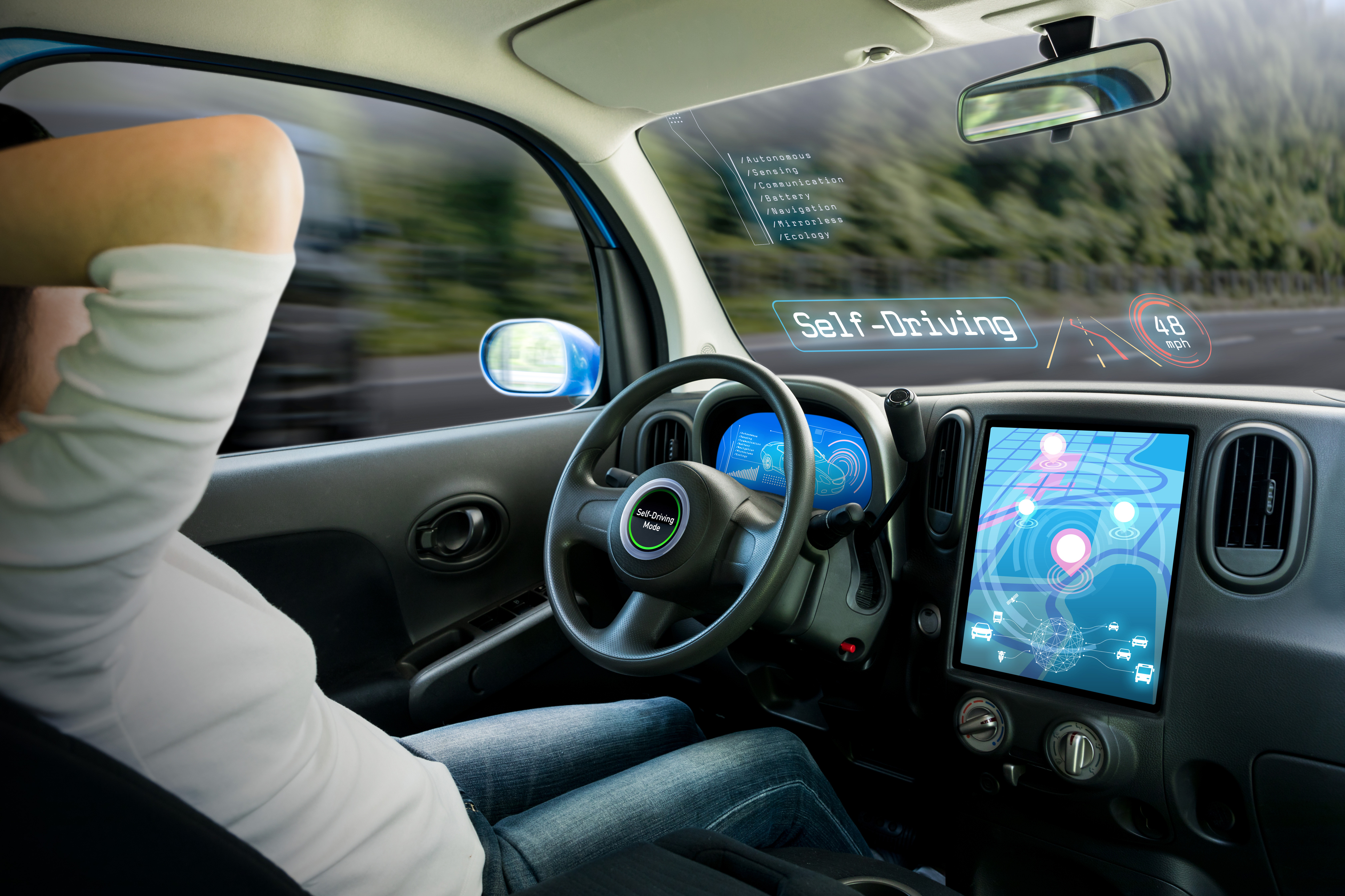
Risk & Insurance
Self-Driving Vehicles: Who’s Behind the Wheel? Two Ways Autonomous Vehicles Are Impacting Auto Insurance & Driver Liability


Technological breakthroughs in self-driving—AKA autonomous—vehicles are dramatically changing life on the highway. The transition to machine-led driving is affecting how consumers and the auto and insurance industries view auto coverage. As this market continues to develop, the Ascension Transportation Practice is monitoring developments and sharing our take and the observations of others, with you.
We are currently seeing two ways autonomous vehicles are affecting the risk-management and insurance landscape:
Effect #1: Risk is Shifting
Autonomous vehicles are proving to be safer than human-piloted ones. Crash rates for Teslas have dropped 40 percent since the company introduced Autopilot technology. This trend is starting to directly affect the cost of auto liability insurance. In response, Farmers Insurance recently reduced premiums 25 percent for a ride-sharing firm that uses Teslas in its fleet.
Commentators note that over time, driverless cars will shift liability to the manufacturer. Accenture’s Head of Global Insurance sees greater products liability and cybersecurity exposures ahead.
Effect #2: The Way We Buy Auto Insurance is Changing
In a recent Berkshire Hathaway briefing, Warren Buffet indicated that the increased prevalence of autonomous vehicles and artificial intelligence is a threat to the current business models of traditional players like its auto-insurance subsidiary, Geico.
New players like Google, Apple, Amazon, Verizon and Tesla are in an excellent position to disrupt the industry and corner as much as 20% of the auto insurance market. Tesla is already selling insurance with its vehicles in Australia and Hong Kong.
Why Does This Matter to the Transportation Industry?
With the introduction of self-driving cars, humans inside the vehicles will essentially become passengers. Who will be held responsible for accidents and malfunctions—the driver, owner, manufacturer, or all? Much of the focus of that debate, to date, has been on cars. However, Google subsidiary Waymo has begun quietly testing autonomous vehicle technology on Peterbilt semi-trucks. In the transportation sector, self-driving won’t mean driverless. It’s likely a trucker will still be in the cab, most likely sitting in the driver’s seat, ready to take control if something goes wrong. In that scenario, insurers will need to consider potential risks to the drivers, their loads, and other passengers and cars, as well as who (or what) is ultimately held responsible.
This post is brought to you by the specialists in Relation’s transportation practice group. Do you have an interest in this topic? Get in touch.

